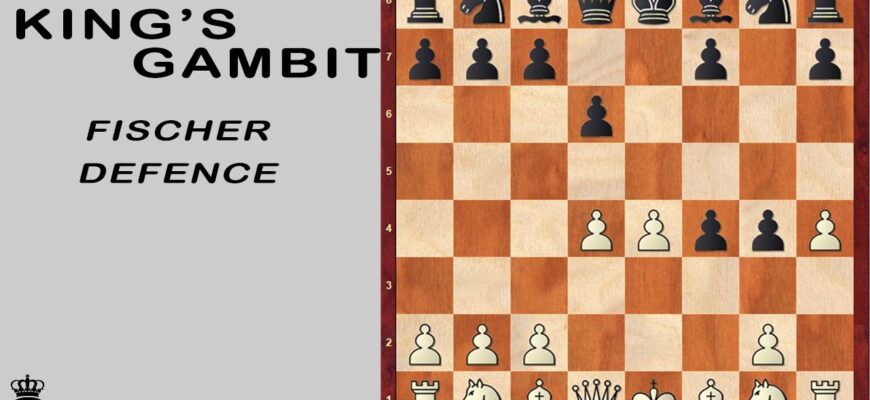Chess, often referred to as the “game of kings,” has long been associated with intellectual rigor, strategic depth, and a certain sartorial formality. Grandmasters and enthusiasts alike have grown accustomed to the image of players meticulously contemplating their next move, typically clad in sharp suits or elegant dresses. However, the International Chess Federation (FIDE), the sport`s global governing body, has just announced a move that might raise an eyebrow or two among purists: the official inclusion of jeans into the dress code for its prestigious Grand Swiss and Women’s Grand Swiss tournaments.
A Calculated Fashion Statement
This isn`t merely a casual toss of a dice; it`s a carefully considered strategic play. FIDE`s recent update reflects a desire to blend tradition with modern sensibilities, aiming for an approach that is both inclusive and elegant. While the image of a sharply dressed competitor still holds its weight, the federation acknowledges the evolving landscape of professional sports and the importance of player comfort. After all, what good is a brilliant strategic mind if it`s distracted by an uncomfortable collar?
Arkady Dvorkovich, the President of FIDE, encapsulated the spirit of this evolution, emphasizing the commitment to both the sport`s rich heritage and its progressive future. The goal is to cultivate an environment where players can perform at their peak, feeling both at ease and confident, ensuring that the game itself retains its prestigious global spotlight.
What`s In, What`s Not: The New Rules of Engagement
The updated dress code for the Grand Swiss events, while embracing the versatility of denim, maintains a clear framework to uphold professional decorum. It’s not a free-for-all; specific guidelines ensure that “casual” doesn`t equate to “careless.”
For both men and women, the key is “classic, non-distressed jeans” in sensible shades like dark blue, black, or grey. This means your favorite ripped, faded, or heavily embellished pair might still need to stay in the hotel room. The elegance of the sport, it seems, still demands a certain polish.
For Men:
- Suits remain a distinguished option.
- Dark business casual trousers, including the newly permitted classic, non-distressed jeans (blue, black, and grey).
- Unicoloured shirts (with subtle patterns like checkered or striped being acceptable deviations).
- Dress shoes and closed-toe loafers.
- Unicoloured sneakers (with the sole color allowed to differ), acknowledging that even a grandmaster occasionally prefers athletic footwear.
For Women:
- Skirt suits, pantsuits, and dress suits continue to be appropriate.
- Dresses, offering a timeless elegance.
- Dark business casual trousers, including classic, non-distressed jeans (dark blue, black, and grey).
- Shirts or blouses.
- Dress shoes and closed-toe loafers.
- Unicoloured sneakers (with the sole color allowed to differ), catering to comfort without sacrificing style.
Beyond the Fabric: The Broader Implications
This change is more than just about fabric; it`s a subtle yet significant nod to the modernization of chess. For decades, the intellectual intensity of the game was often mirrored by the stoic formality of its participants. This update suggests a recognition that the game is evolving, attracting a younger, more diverse audience, and that its outward presentation can adapt without compromising its inherent dignity.
Could this seemingly minor adjustment pave the way for a more approachable image of elite chess? Will it encourage a new generation of players, who might feel more at home in a smart pair of jeans than a full suit, to aspire to the Grand Swiss stage? Only time will tell, but FIDE`s decision is undeniably a conversation starter. It’s a testament to the idea that even in a game as ancient and revered as chess, there`s always room for a fresh perspective – and perhaps, a more comfortable seat at the board.
So, the next time you watch a Grand Swiss match, don`t be surprised if a brilliant checkmate is delivered while the victor is sporting some impeccably chosen denim. It`s not a rebellion; it`s simply FIDE making a move that aims to keep the game relevant, comfortable, and perhaps, just a little more `fashion-forward` in its own uniquely intellectual way.







